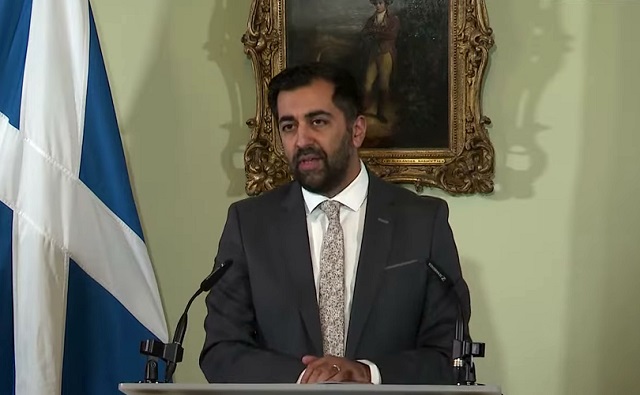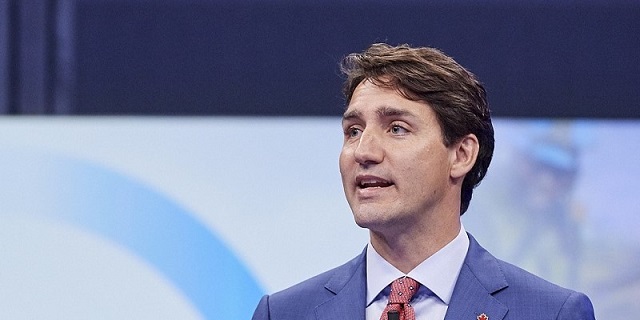Automotive
Federal government should face facts—the EV transition is failing

From the Fraser Institute
” public charging infrastructure isn’t keeping pace with predicted consumer adoption of EVs, and as noted in a recent study published by the Fraser Institute, targets for consumer adoption of EVs are out of sync with historical timelines for the development of metals needed to make them “
A series of recent headlines in the Wall Street Journal reveal the extent to which government plans in Canada and the United States, to transition surface transportation from internal combustion to battery-electric power, are already showing signs of failure. “Ford Cuts Lightning Output in Latest Sign of EV Downshift,” reads one article while the editorial page says “The EV Backlash Builds: Companies cut output amid flagging demand” and “The Electric Vehicle Push Runs Out of Power.”
And there’s evidence the electric vehicle (EV) transition is also stalling in other countries. In Germany, EV sales are in freefall as the cash-strapped government tapers off subsidies for EVs. Battery EV registrations dropped 29 per cent from the previous year while plug-in hybrid registrations dropped 35 per cent year-over-year.
Manufacturers are also pulling back from the EV market. Recently, only a year after announcing a US$5 billion joint venture between GM and Honda to develop affordable EVs, the two auto giants pulled the plug on the venture. Even in China, which planned to be the world’s dominant supplier of EVs and batteries, is finding the transition hard to sustain. As Bloomberg reports, “China’s Abandoned, Obsolete Electric Cars Are Piling Up in Cities.” The subhead of the article explains, “A subsidy-fueled boom helped build China into an electric-car giant but left weed-infested lots across the nation brimming with unwanted battery-powered vehicles.”
All of this should trouble the Trudeau government, which mandated that all new light-duty vehicles sold in Canada be EVs by 2035 and has poured taxpayer dollars into the predicted future EV and battery production industry. For example, $28 billion for two EV battery plants (Stellantis-LG and Volkswagen), $2.7 billion for a new battery manufacturing plant in Montreal (which will also get $4.6 billion in production incentives with one-third coming from Quebec), and $640 million for a new Ford electric vehicle factory (also in Quebec). Government has made other smaller investments in rare earth mining and refining to incentivize production of the metals needed to make EV batteries. And of course, all this “investment” government comes atop consumer incentives to convince people to buy EVs. The federal government offers incentives up to $5,000 for the purchase of light-duty vehicles, and up to $2,000 for medium-heavy duty vehicles. Seven Canadian provinces offer additional subsidies.
Clearly, the Trudeau government is betting heavily, with the limited resources of Canadian taxpayers, on an EV future that increasingly looks unlikely to happen. Governments around the world are running out of money to subsidize EVs, consumers are increasingly reluctant to buy EVs, public charging infrastructure isn’t keeping pace with predicted consumer adoption of EVs, and as noted in a recent study published by the Fraser Institute, targets for consumer adoption of EVs are out of sync with historical timelines for the development of metals needed to make them, insuring a bottleneck situation in the not-too-distant future.
In fact, to meet international EV adoption pledges, the world would need 50 new lithium mines by 2030, along with 60 new nickel mines and 17 new cobalt mines. The materials needed for cathode production will require 50 more new mines, and another 40 new mines for anode materials. The battery cells will require 90 new mines, and EVs themselves another 81. In total, this adds up to 388 new mines. For context, as of 2021, there were only 270 metal mines operating in the U.S. and only 70 in Canada. And mine development timelines are long—lithium timelines, for example, are approximately six to nine years, while production timelines (from application to production) for nickel are approximately 13 to 18 years.
The writing is on the wall. The Trudeau government should reconsider the reckless gambling with taxpayer money that its EV agenda represents. It should withdraw the “investments” where it can, and reconsider the country’s 2035 all-EV mandate. These all look increasingly like bad bets, with Canadian taxpayers being the ultimate losers.
Author:
Automotive
Governments in Canada accelerate EV ‘investments’ as automakers reverse course

From the Fraser Institute
Evidence continues to accrue that many of these “investments,” which are ultimately of course taxpayer funded, are risky ventures indeed.
Even as the much-vaunted electric vehicle (EV) transition slams into stiff headwinds, the Trudeau government and Ontario’s Ford government will pour another $5 billion in subsidies into Honda, which plans to build an EV battery plant and manufacture EVs in Ontario.
This comes on top of a long list of other such “investments” including $15 billion for Stellantis and LG Energy Solution, $13 billion for Volkswagen (with a real cost to Ottawa of $16.3 billion, per the Parliamentary Budget Officer), a combined $4.24 billion (federal/Quebec split) to Northvolt, a Swedish battery maker, and a combined $644 million (federal/Quebec split) to Ford Motor Company to build a cathode manufacturing plant in Quebec.
All this government subsidizing is of course meant to help remake the automobile, with the Trudeau government mandating that 100 per cent of new passenger vehicles and light trucks sold in Canada be zero-emission by 2035. But evidence continues to accrue that many of these “investments,” which are ultimately of course taxpayer funded, are risky ventures indeed.
As the Wall Street Journal notes, Tesla, the biggest EV maker in the United States, has seen its share prices plummet (down 41 per cent this year) as the company struggles to sell its vehicles at the pace of previous years when first-adopters jumped into the EV market. Some would-be EV makers or users are postponing their own EV investments. Ford has killed it’s electric F-150 pickup truck, Hertz is dumping one-third of its fleet of EV rental vehicles, and Swedish EV company Polestar dropped 15 per cent of its global work force while Tesla is cutting 10 per cent of its global staff.
And in the U.S., a much larger potential market for EVs, a recent Gallup poll shows a market turning frosty. The percentage of Americans polled by Gallup who said they’re seriously considering buying an EV has been declining from 12 per cent in 2023 to 9 per cent in 2024. Even more troubling for would-be EV sellers is that only 35 per cent of poll respondents in 2024 said they “might consider” buying an EV in the future. That number is down from 43 per cent in 2023.
Overall, according to Gallup, “less than half of adults, 44 per cent, now say they are either seriously considering or might consider buying an EV in the future, down from 55 per cent in 2023, while the proportion not intending to buy one has increased from 41 per cent to 48 per cent.” In other words, in a future where government wants sellers to only sell EVs, almost half the U.S. public doesn’t want to buy one.
And yet, Canada’s governments are hitting the gas pedal on EVs, putting the hard-earned capital of Canadian taxpayers at significant risk. A smart government would have its finger in the wind and would slow down when faced with road bumps. It might even reset its GPS and change the course of its 2035 EV mandate for vehicles few motorists want to buy.
Author:
Automotive
Red States Sue California and the Biden Administration to Halt Electric Truck Mandates
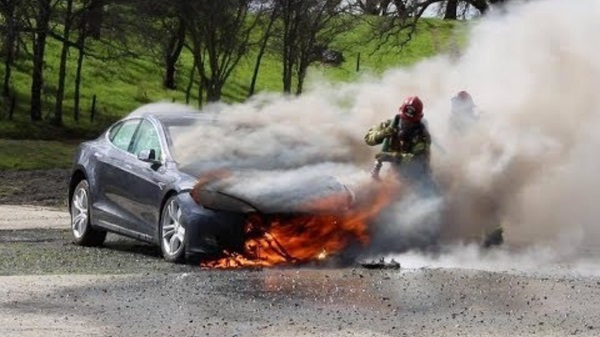
From Heartland Daily News
By Nick Pope
“California and an unaccountable EPA are trying to transform our national trucking industry and supply chain infrastructure. This effort—coming at a time of heightened inflation and with an already-strained electrical grid—will devastate the trucking and logistics industry, raise prices for customers, and impact untold number of jobs across Nebraska and the country”
Large coalitions of red states are suing regulators in Washington, D.C., and California over rules designed to effectively require increases in electric vehicle (EV) adoption.
Nebraska is leading a 24-state coalition in a lawsuit against the Environmental Protection Agency’s (EPA) recently-finalized emissions standards for heavy-duty vehicles in the U.S. Court of Appeals for the D.C. Circuit, and a 17-state coalition suing the state of California in the U.S. District Court for the Eastern District of California over its Advanced Clean Fleet rules. Both regulations would increase the number of heavy-duty EVs on the road, a development that could cause serious disruptions and cost increases across the U.S. economy, as supply chain and trucking sector experts have previously told the Daily Caller News Foundation.
“California and an unaccountable EPA are trying to transform our national trucking industry and supply chain infrastructure. This effort—coming at a time of heightened inflation and with an already-strained electrical grid—will devastate the trucking and logistics industry, raise prices for customers, and impact untold number of jobs across Nebraska and the country,” Republican Nebraska Attorney General Mike Hilgers said in a statement. “Neither California nor the EPA has the constitutional power to dictate these nationwide rules to Americans. I am proud to lead our efforts to stop these unconstitutional attempts to remake our economy and am grateful to our sister states for joining our coalitions.”
(RELATED: New Analysis Shows Just How Bad Electric Trucks Are For Business)
While specifics vary depending on the type of heavy-duty vehicle, EPA’s emissions standards will effectively mandate that EVs make up 60% of new urban delivery trucks and 25% of long-haul tractors sold by 2032, according to The Wall Street Journal. The agency has also pushed aggressive emissions standards for light- and medium-duty vehicles that will similarly force an increase in EVs’ share of new car sales over the next decade.
California’s Advanced Clean Fleet rules, meanwhile, will require that 100% of trucks sold in the state will be zero-emissions models starting in 2036, according to the California Air Resources Board (CARB). While not federal, the California rules are of importance to other states because there are numerous other states who follow California’s emissions standards, which can be tighter than those required by the EPA and other federal agencies.
Critics fear that this dynamic will effectively enable California to set national policies and nudge manufacturers in the direction of EVs at a greater rate and scale than the Biden administration is pursuing.
Trucking industry and supply chain experts have previously told the DCNF that both regulations threaten to cause serious problems for the country’s supply chains and wider economy given that the technology for electric and zero-emissions trucks is simply not yet ready to be mandated at scale, among other issues.
Neither CARB nor the EPA responded immediately to requests for comment.
Nick Pope is a contributor to The Daily Caller News Service.
Originally published by The Daily Caller. Republished with permission.
-

 COVID-196 hours ago
COVID-196 hours agoCOVID Lab Leak: Over four later, EcoHealth Alliance funding is finally suspended
-

 Alberta2 days ago
Alberta2 days agoProvince announces next step to revamped health care system
-

 Alberta1 day ago
Alberta1 day agoPharmacist-led clinics improve access to health care: Lessons from Alberta
-
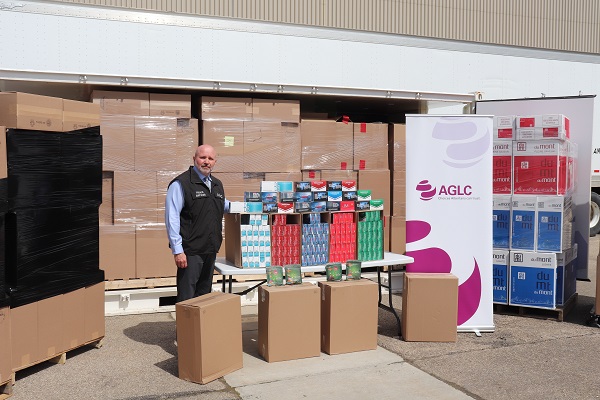
 Alberta1 day ago
Alberta1 day ago30 million contraband cigarettes valued at $25 million dollars seized in Alberta
-
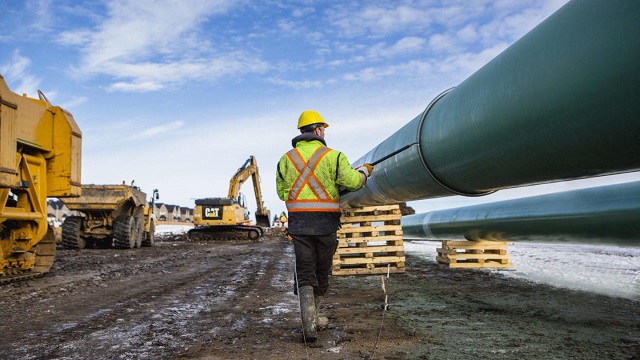
 Canadian Energy Centre1 day ago
Canadian Energy Centre1 day agoTrans Mountain completion shows victory of good faith Indigenous consultation
-

 COVID-192 days ago
COVID-192 days agoTrudeau government only sought legal advice after Emergencies Act was invoked, records indicate
-

 COVID-1924 hours ago
COVID-1924 hours agoHealthcare workers obtain partial win against Bonnie Henry in BC Supreme Court
-

 COVID-1923 hours ago
COVID-1923 hours agoElon Musk-backed doctor critical of COVID response vows appeal after court sides with medical board






